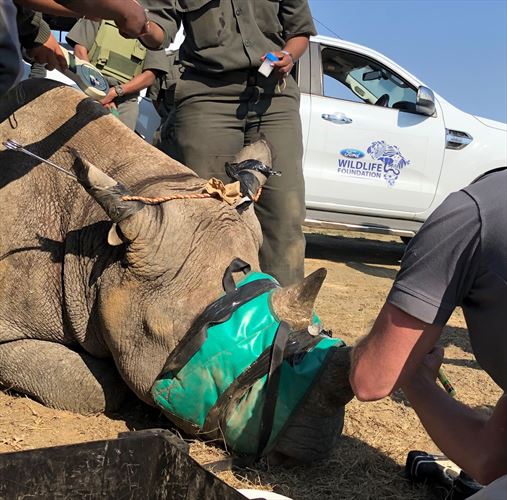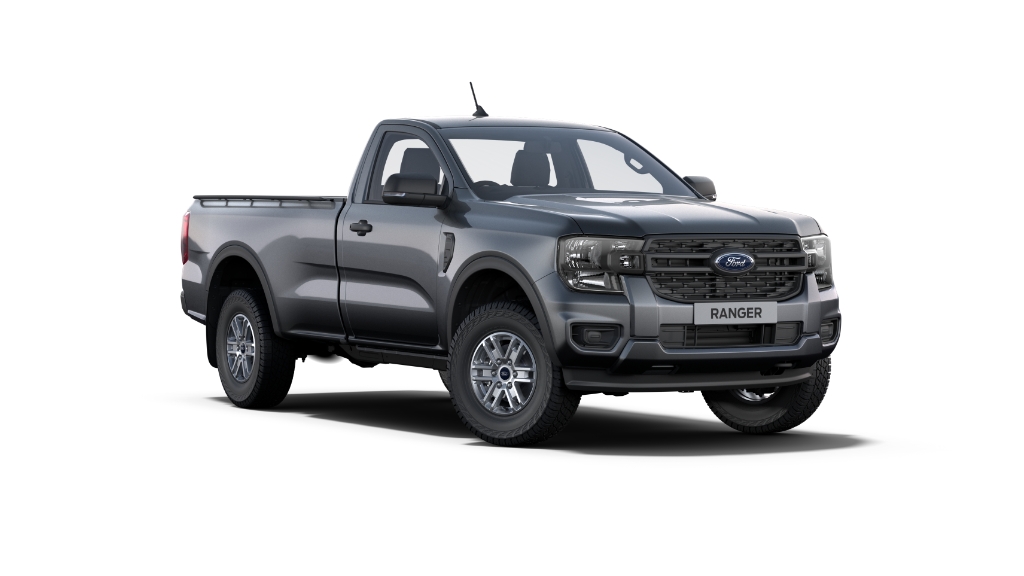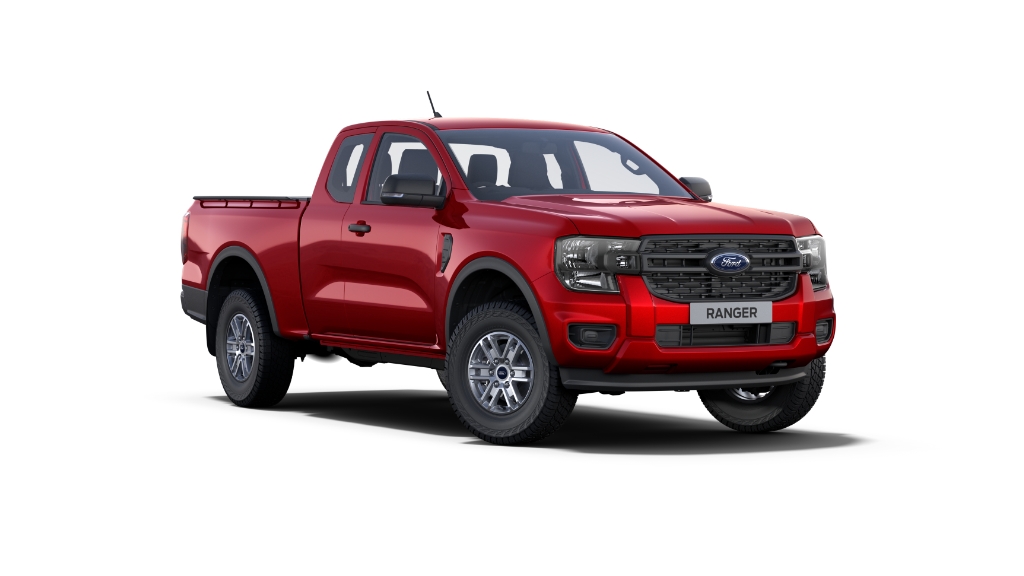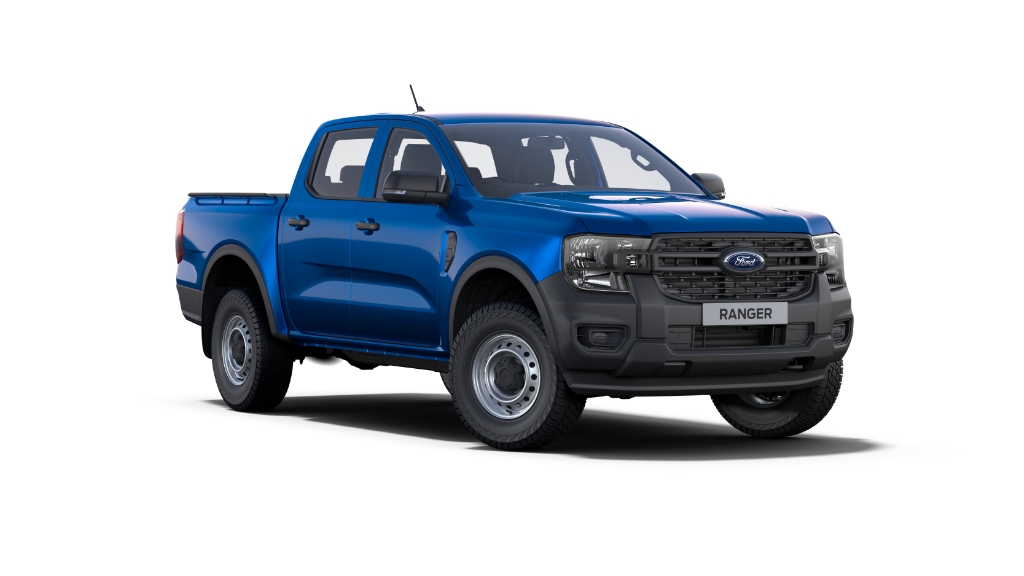Ford news

QuickPic | October 4, 2019
- World Wide Fund for Nature (WWF) celebrates the Black Rhino on #WorldAnimalDay
- Ford Wildlife Foundation supports Black Rhino Range Expansion Project
- Celebrating one of South Africa’s Big Five this World Animal Day
PRETORIA, 4 October 2019 – Friday 4 October is #WorldAnimalDay. This year, the World Wide Fund for Nature South Africa (WWF-SA) has chosen to shine a light on the plight of a majestic mammal which has been lovingly dubbed “a unicorn that has let itself go.” Not just because of its impressive horn, but also the fact that one of the rhino’s closest living relatives is the horse! Believe it or not, rhinos and horses share a common ancestor, and are on the same branch of the evolutionary tree.
All five remaining rhino species at risk of extinction
There are only five remaining rhinoceros species in the world – Black, White, Greater one-horned (or Indian), Sumatran, and Javan rhinos – all of which are at risk of extinction due to the poaching epidemic caused by the demand for rhino horn in Asian cultures.
Black Rhino Range Expansion Project
The Black Rhino Range Expansion Project (BRREP) is a project of WWF-SA, which is part of the global WWF network. Now in its 16th year, the BRREP actively seeks out new areas to establish populations of Black rhinos where they have space to breed, in order to increase the growth rate of this critically endangered species. In August, BRREP completed its 12th successful Black rhino move, including translocation of its 200th rhino.
FWF supports BRREP
BRREP is supported by Ford Wildlife Foundation (FWF), which was established in 2014, although Ford has been actively involved in conservation efforts in Southern Africa for the past 30 years.
Just prior to the 12th move, BRREP took delivery of a New Ford Ranger double cab. “We are hugely grateful for the assistance Ford has afforded the project over the years, and now once again into the future,” said BRREP Project Leader Dr Jacques Flamand.
12th project site in Eastern Cape
For this move, BRREP joined hands with private landowners, a community, and the provincial government in the Eastern Cape, to create a 14,000 hectare reserve.
The privately owned section of the new project site was converted from farming to conservation, and recently declared a protected area. A local community of 25 families has agreed to lease a portion of their land in exchange for rental which will help them fund a farming initiative elsewhere on their property. And the third portion of the land is managed by the Eastern Cape Parks and Tourism Agency. All stakeholders are now joint custodians of this group of Black rhinos.
It’s a bird! It’s a plane! It’s a flying rhino!
A SANParks game capture team was contracted to carry out the translocations using a combination of helicopter airlifts and road transportation, undertaken smoothly over a four-day period.
“We work with extremely professional and experienced teams to ensure the success of these translocations,” said Dr Flamand. “As veterinarians, our first concern is for the welfare of the Black rhino in our care. This move has gone very well and we are monitoring the animals closely. They are all still exploring the reserve and some are starting to show signs of setting up home ranges already. It usually takes a couple of months before they have all completely settled.”
Just 2,000 black rhinos in SA today
Black rhino were once widely distributed across Africa but the population plummeted from around 100,000 in the 1960s to fewer than 2,500 by the mid-1990s through poaching and habitat loss. Since then, through best practice conservation projects like BRREP, Black rhino numbers have doubled to over 5,000. South Africa now has around 2,000 Black rhinos.
Black rhino are a flagship species. Because of BRREP’s work, many landowners have consolidated smaller pieces of habitat into more ecologically viable blocks. Other critically endangered species which need large areas of land, such as wild dog, vultures, and cheetah, also benefit.
“It really is such an honour for us to be able to support organisations like the WWF and their brilliant Black rhino initiative through the use of our vehicles,” said Lynda du Plessis, manager of FWF. “We’d like to take this opportunity to thank Dr Flamand and the rest of the team for their tireless efforts to bring these iconic creatures – such an integral part of our South African heritage – back from the brink of extinction.”
Original article & image as supplied by QuickPic











